
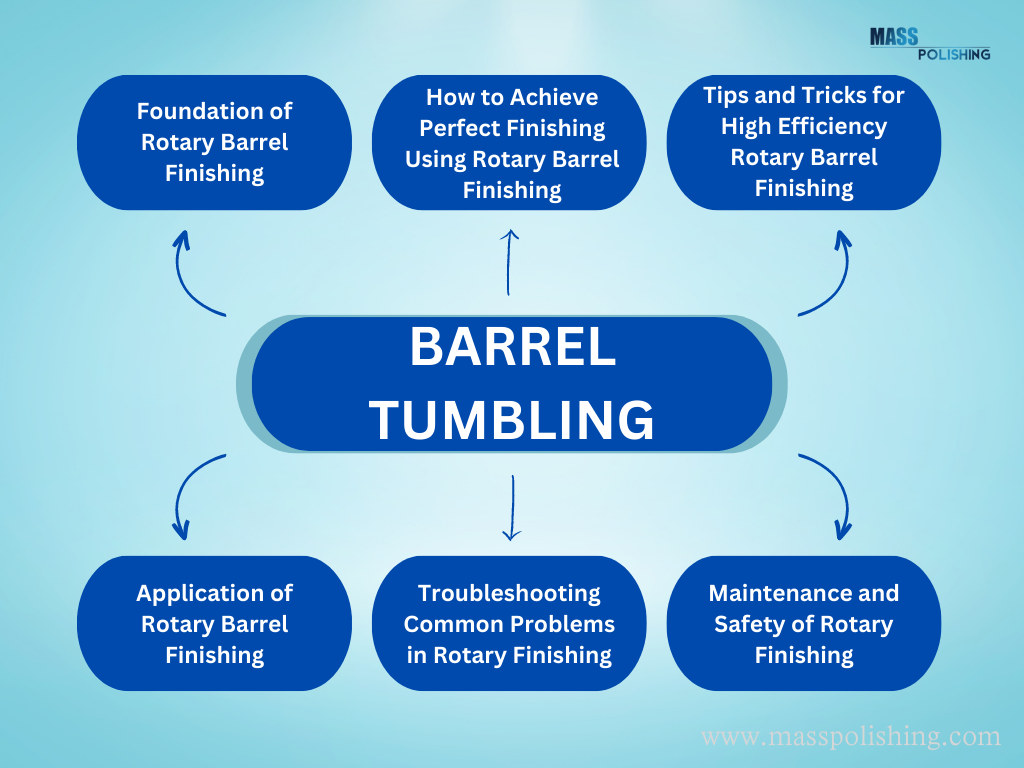
Rotary barrel tumbling is a popular large-scale finishing method for metal parts that are difficult to finish using traditional methods. In this article, we will explore the basic principles of rotary drum finishing, how to achieve perfect finishing, tips and tricks for efficient finishing, applications, troubleshooting common problems, and maintenance and safety practices.
Rotary barrel finishing is a mechanical process that involves tumbling parts and media inside a barrel-shaped container to remove burrs, sharp edges, and other surface defects from metal parts. Usually, the barrel is a hexagon shape or an octagon shape. The barrel tumbling process can also be used to polish parts, achieve a mirror finish, or clean them. The principle of rotary barrel finishing is based on the rolling motion of the parts and media inside the container, which generates friction and helps remove surface defects.
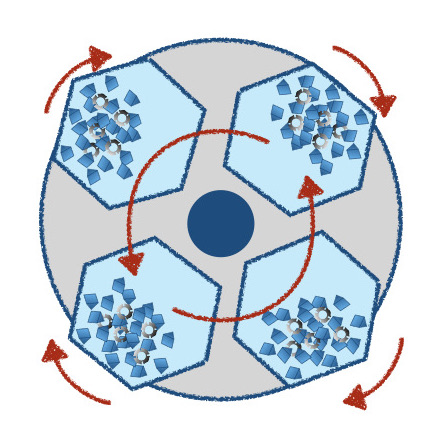
The types of materials that can be finished using rotary barrel finish include aluminum, brass, steel, copper, and titanium. The size and shape of the parts that can be finished depend on the size of the barrel-shaped container. The most common types of rotary barrel finishers include hexagon barrel tumbling machines, octagonal barrel finishing machines, olive-shaped barrel finishers, and wooded barrel finishing equipment.
The goal of rotary barrel finishing is to achieve a uniform, smooth surface on metal parts. To achieve this, it is essential to select the right media, control the processing variables, and ensure the right processing time. Here are some factors that affect the quality of the finish:
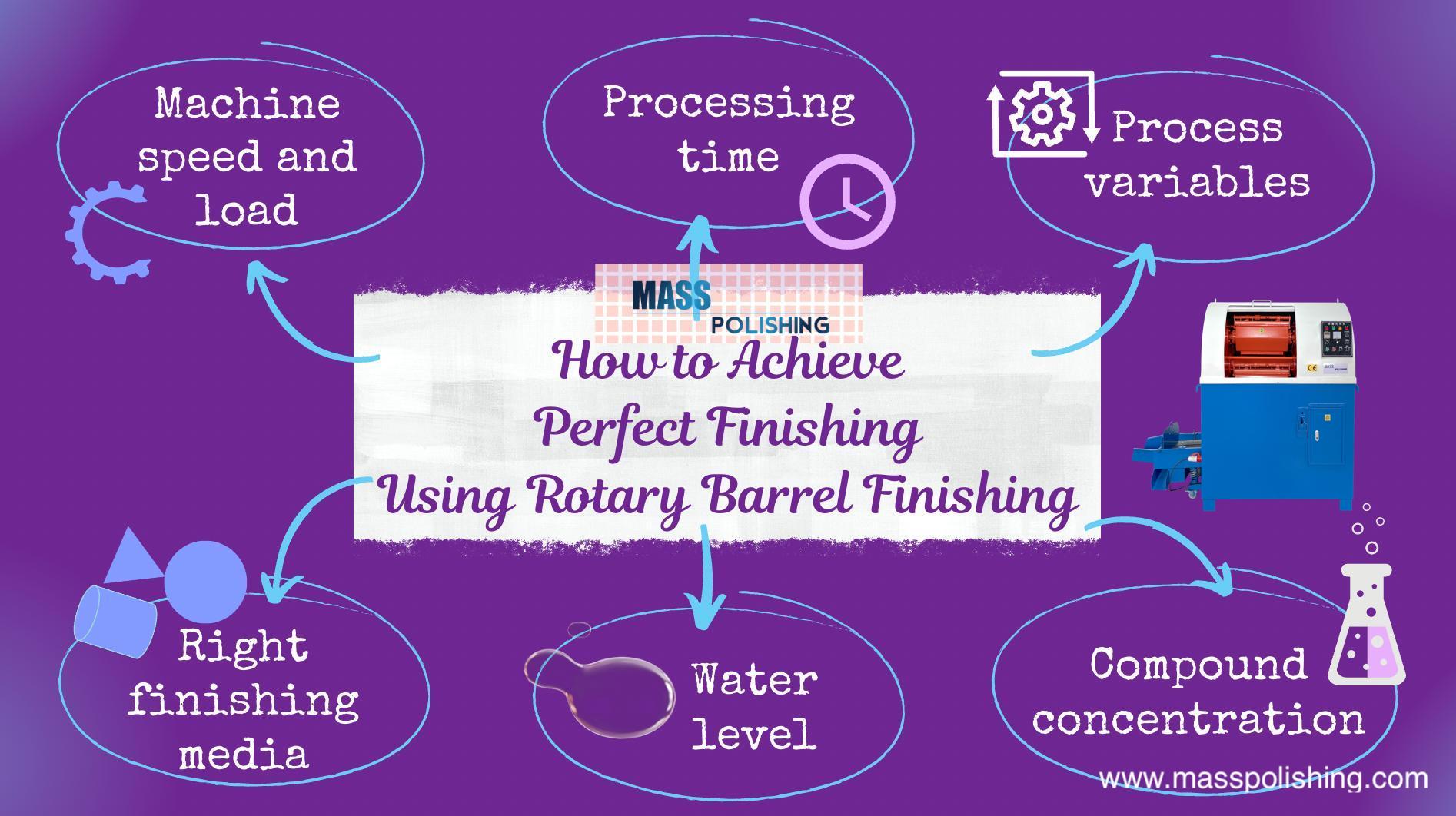
1) Machine speed and load:
The machine speed and load determine the intensity of the finishing process. A higher speed and load produce a more aggressive material removal rate but can lead to surface damage or excessive polishing. A lower speed and load produce a finer finish but require a longer cycle time.
2) Processing time:
The processing time affects the surface finish quality and material removal rate. Sometimes a longer processing time produces a finer finish but requires more energy and time. Tips: you can do better deburring work as a pre-polishing process so that you can reduce the polishing processing time.
3) Process variables:
The amplitude, acceleration, and frequency of the machine motion affect the surface finish quality and material removal rate. A higher amplitude produces a more aggressive material removal rate but can lead to surface damage or excessive polishing. A lower amplitude produces a finer finish but requires a longer cycle time.
4) How to choose finishing media:
The type of media used affects the surface finish quality, material removal rate, and cycle time. Ceramic media is the most commonly used media in barrel finishing due to its high density, durability, and versatility. Ceramic media comes in different shapes, sizes, and compositions, making it suitable for various applications. Plastic media is also used for finishing soft metals, plastics, and delicate parts. Plastic media is preferred for its low wear rate and ability to produce a smooth surface finish. Steel finishing media is used for aggressive material removal and surface texturing.
5) What’s the difference in media size and shape:
The size and shape of the media affect the surface finish quality and material removal rate. Smaller media produces a finer finish but requires a longer cycle time. Large media produces a rougher finish but requires a shorter cycle time. The shape of the media can also affect the surface finish quality. Cone-shaped and tetrahedron-shaped media produce a better surface finish than round media.
6) Why is water so important in wet processing?
The water level in the barrel affects the friction between the media and the parts. Insufficient water level can cause media retention and stickiness, leading to surface damage. A high water level can lead to a decrease in media contact with the parts, resulting in a longer processing time.
7) Compound concentration:
The compound concentration affects the surface finish quality and material removal rate. A high concentration can lead to excessive polishing and surface damage, while a low concentration can result in insufficient lubrication and rust inhibition. Mass Polishing will provide you the professional compound concentrations for different materials. (Click here to contact us)
1. Maintaining a consistent media-to-part ratio ensures that the finished parts in each machine are consistent.
2. Setting the correct machine speed and load can affect finishing quality and productivity.
3. Controlling each processing time can affect the wear rate and consistency of the media.
4. The use of additives such as rust inhibitors, polishing agents, and lubricants can improve the surface treatment effect.
Barrel finishing is widely used in automobiles, as well as the aviation and space industry, it is used for deburring, polishing, and cleaning metal parts. It is also used in the jewelry and metal processing industry to achieve mirror polishing of jewelry, watches, and other small metal parts. The medical and dental industries use rotary barrel finishing to finish implants, surgical instruments, and dental components.
1) Media retention and stickiness:
Excessive media or components, incorrect machine speed or load, or insufficient water level can cause media retention and stickiness.
2) Parts surface damage:
Collisions between parts can cause surface damage to parts due to contact with other parts.
3) Surface damage & excessive polishing:
Improper selection of media, excessive concentration of media or compounds, or excessive processing time can lead to surface damage and excessive polishing.
4) Poor surface finish:
The poor surface finish may be caused by insufficient media, incorrect media selection, or insufficient processing time.
To ensure the longevity and optimal performance of the rotary barrel finishing machine, regular maintenance is crucial. This includes cleaning the machine regularly, inspecting its parts, and lubricating it. To prevent any accidents or injuries, it is essential to handle the media, parts, and compounds properly. Noise pollution, dust, and smoke generated during the finishing process can pose environmental and health hazards. Therefore, it is essential to comply with industry standards and regulations to ensure safety, quality, and environmental responsibility.
Rotary finishing is a reliable and effective method for achieving perfect surface finishing on metal parts. Through correct media selection, process variables, and maintenance practices, you can achieve consistent and high-quality finishes. Please contact us to understand your roller finishing needs and experience the advantages of this method. With the continuous innovation and progress of technology, the future of rotary finishing seems very bright. (Click here to contact us)
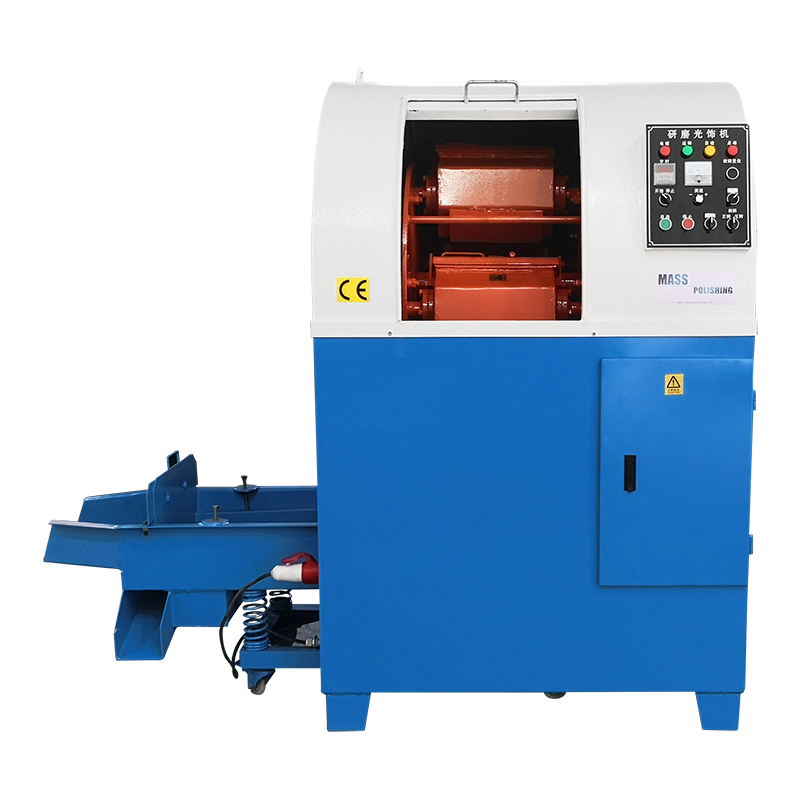 |
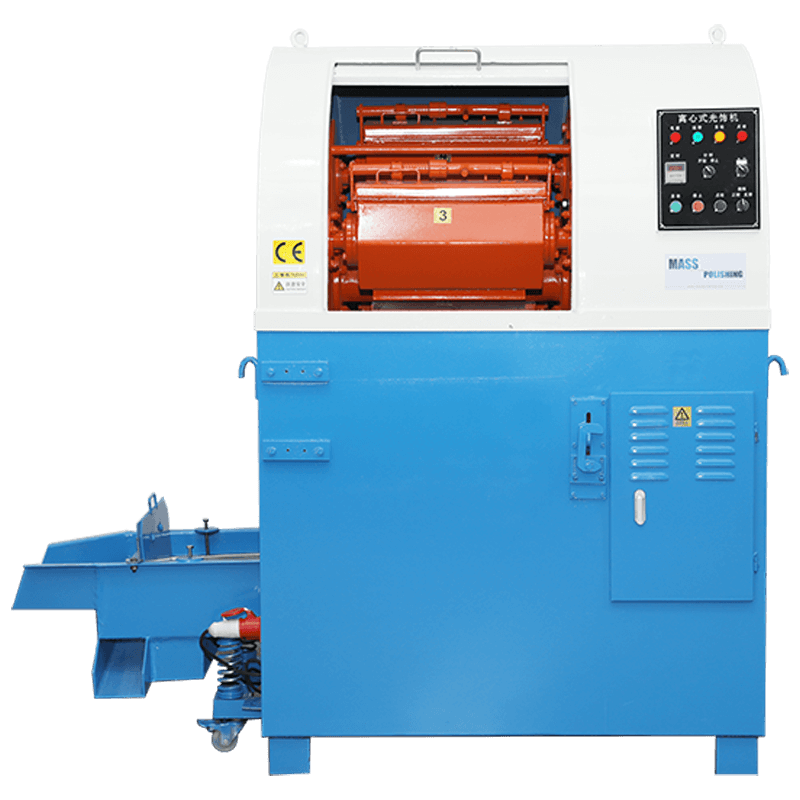 |
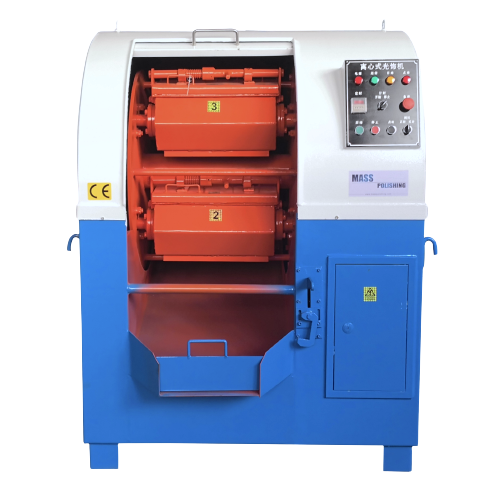 |